Few cartridges deserve comparison to one another like the 300 AAC Blackout and the 7.62×39 do. The 300 Blackout was developed to emulate the performance of the 7.62×39, while additionally offering compatibility with modern AR-pattern firearms.
With its 0.447” base diameter and 0.396” shoulder diameter, the 7.62×39 cartridge is just too aggressively tapered to feed reliably in an AR. Even a specially made AK-47 magazine proves inadequate for the task. The cartridge’s relatively wide base would further require a special bolt, making it a poor choice for a modifiable rifle.
It’s better not to try and fit a square peg into a round hole, so firearm manufacturers decided to let the 7.62×39 stay in the AK-47 and SKS where it belongs. They instead turned to the 300 Whisper for a .30 caliber round that could interface with the M4 platform. After some trial and error, their newly created 300 Blackout received its SAAMI specs in 2011.
Did the 300 Blackout obsolete the 7.62×39? Not at all. The sheer abundance of AK-47s in this country will always necessitate a healthy supply of their ammo. Inexpensive steel cased rounds make the 7.62×39 an all-time favorite among budget-minded shooters as well. They’re not the most accurate rounds, but in terms of bang for buck that’s not a huge setback.
But cost aside, is there a clear winner in the 300 Blackout vs 7.62×39 debate?
Size Comparison: 300 Blackout vs 7.62×39
One key difference between the 300 Blackout and the 7.62×39 ammo are their bullets. The 300 Blackout’s bullet is .308” in diameter and the 7.62×39’s is 0.309” to 0.311″. The 300 Blackout’s bullet is 2.26” long, while the 7.62×39’s is only 2.2”. These are not staggering dissimilarities, but they are not insignificant either.
For the most part, a 7.62×39 bullet weighs in the ballpark of 124 grains. The 300 Blackout bullet offers a far greater spread in terms of weight. Its 124 grain bullet is going to offer ballistic performance closely comparable to a 7.62×39. Its 220 grain bullet, on the other hand, will deliver a muzzle velocity below the speed of sound. That makes the 300 Blackout the one to pick if you wish to use a suppressor.
The 7.62×39’s case capacity is nearly 50 percent larger than that of the 300 Blackout. Its shell casing is not only longer (1.528” vs. 1.368”), but its wider base gives it greater volume to boot. That’s also why an AK needs so curved a magazine.
7.62×39 vs 300 BLK: Performance Comparison
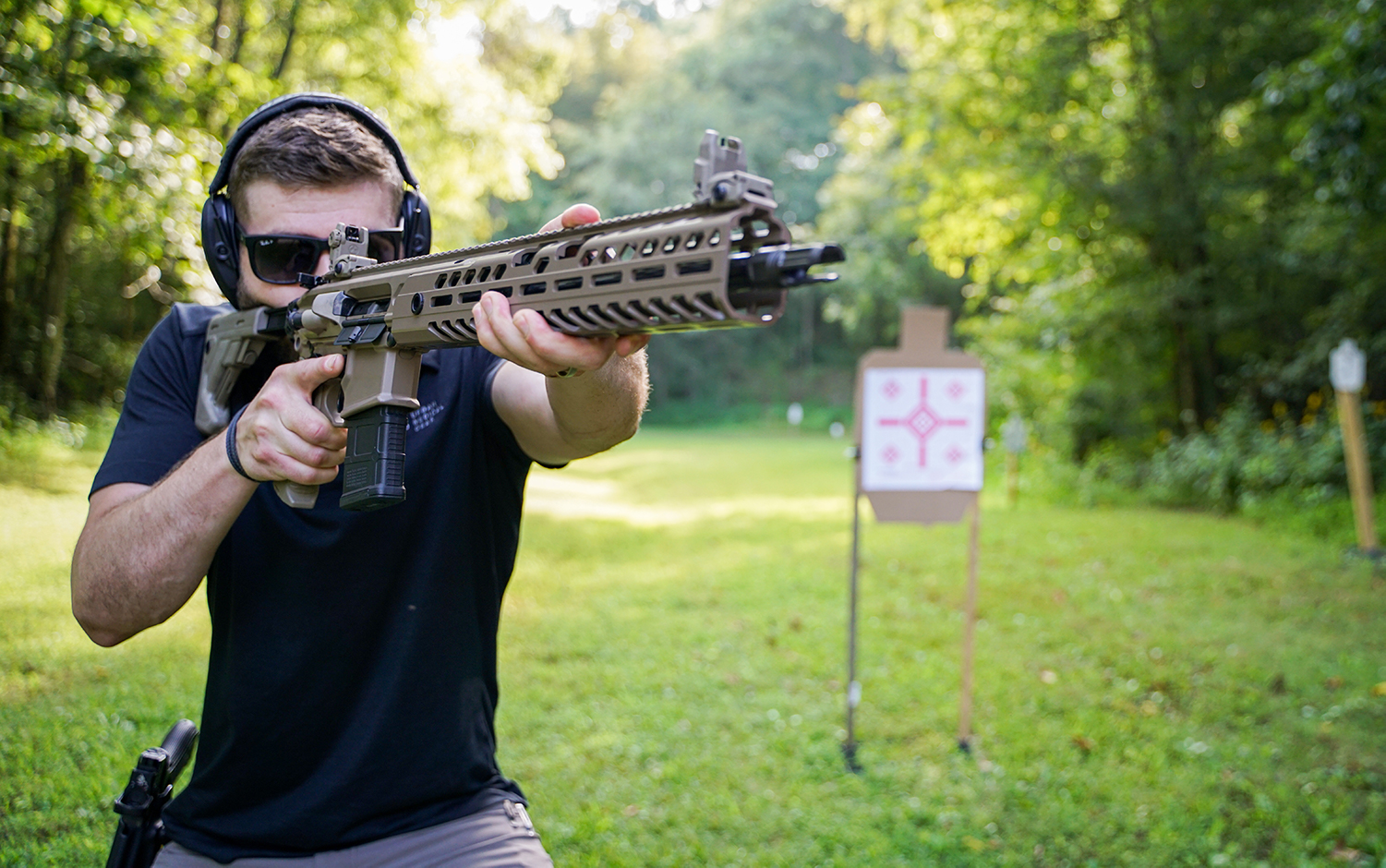
When both cartridges have the same bullet weight, the 300 Blackout and 7.62×39 share remarkably similar ballistic performances. It comes as no shock that they do, given that one was designed to mirror the other.
Take this 300 Blackout cartridge with a 124 grain bullet by Sellier & Bellot: 2,165 fps muzzle velocity, 1,290 ft lbs muzzle energy. Then take this 7.62×39 cartridge with a 124 grain bullet by Federal: 2,350 fps muzzle velocity, 1,520 ft lbs muzzle energy.
In a strict apples to apples comparison, the ballistic performances of the 300 Blackout and the 7.62×39 don’t differ significantly from each other. Even their recoil is nearly indistinguishable from one another — with the caveat that felt recoil is too subjective to measure reliably.
As mentioned earlier, the 300 Blackout’s performance offers far more variety courtesy of its many bullet weights. The caliber is available with bullets ranging from 78 to 226 grains. If you enjoy experimenting at the range, 300 Blackout ammo is going to give you a lot more to experience than the round that inspired it.
Many shooters are under the impression that the 7.62×39’s accuracy is wanting, but they’re likely most familiar with the budget-friendly steel cased stuff. A fine brass cased round will turn even a run of the mill AK into a precision weapon.
Firearm and Bullet Selection
Here is where the difference between 300 Blackout and 7.62×39 becomes more noticeable. Because the 300 Blackout is designed for the modern sporting rifle, the selection of firearms that can fire it is effectively limitless when you take aftermarket parts and mods into consideration. With the 7.62×39, your options are rather more restricted: AK, SKS, and a few other rifles and machine guns that you would be lucky to find.
The 300 Blackout is available with a variety of bullet types. You can find plenty of FMJs for the range, OTMs for precision shooting, and soft points, hollow points, and polymer tips for self-defense and hunting. The 7.62×39 is available with hollow points, but specialized bullets for the caliber are harder to find.
Uses of 300 BLK vs 7.62 Soviet
Neither the 300 Blackout nor the 7.62×39 are ideal for long distance shooting (The 7.62×39 has an effective range of about 400 yards.) We’re certain there are Marines who can do impressive things with either caliber, but the average Joe will use them better for target shooting or varmint hunting over medium distances. Both calibers are certainly effective for self-defense as well! The 7.62×39 was designed for infantry weapons by the Soviets, after all.
The Takeaway
If you’re mired in the 300 Blackout vs. 7.62×39 quandary, you shouldn’t ask yourself which round’s performance suits you better. They’re too similar in that regard to worry about.
What you should ask yourself is which kind of rifle you want. If you’d like an AK that you’re not going to modify at all, or at the very most affix a bayonet to, and you wouldn’t mind access to affordable steel cased ammo, then you are a prime candidate for 7.62×39. If you’re all about piecing out a sweet AR-style weapon with room for whatever add-ons you like, then the 300 Blackout will give your creativity all the room in the world to flourish!


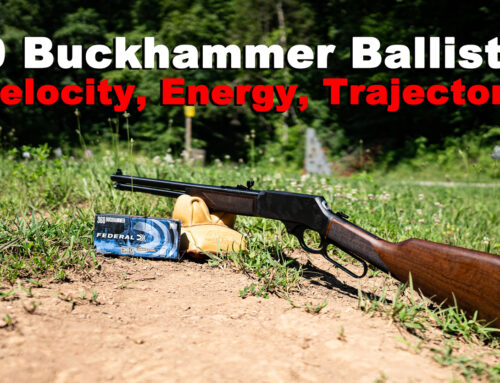
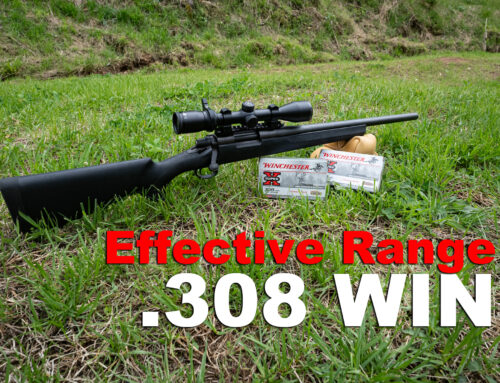
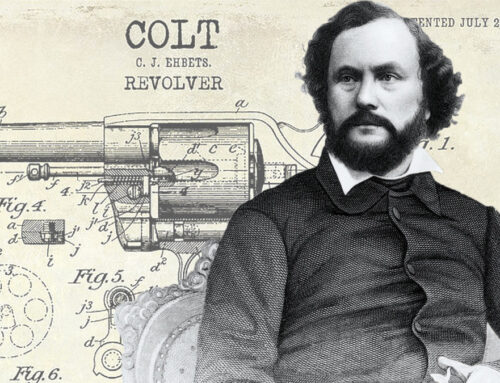
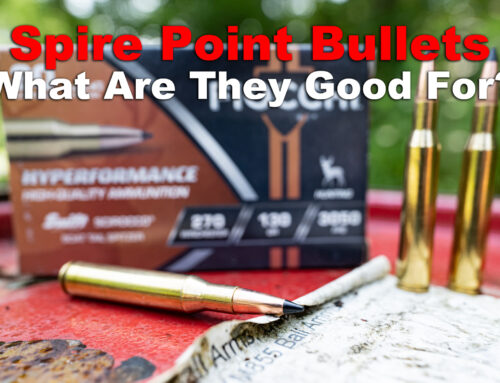
What is the akm in the picture at the top of the page
That’s the Riley Defense RAK47-C-L Blake. Classic AK look and feel — think it was in the neighborhood of $750 retail when we picked it up in 2020.